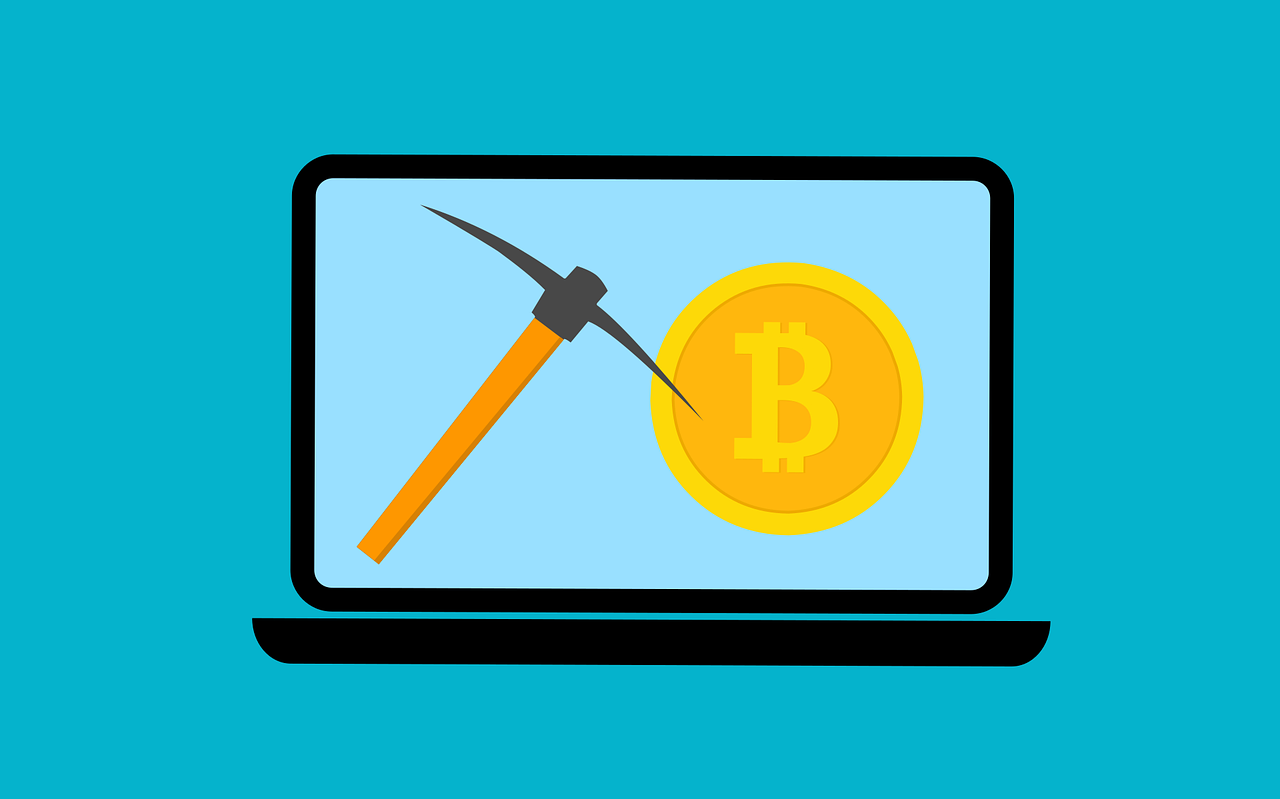Don’t imagine crypto mining as a process where you need a shovel or a pickaxe. Crypto mining is a process in which new crypto is entered into a blockchain ledger, so the only thing you need is sophisticated computers that can solve very complex mathematical formulas.
The mining depends on finding a specific chain of characters. The first miner who can decode these characters is completing “blocks” that are written into the blockchain. One block contains information about transactions, addresses of sender and receiver, and the amount sent. The decoding is based on mathematical formulas that are decoded by random order testing. The time for decoding is usually 10 minutes. As a reward, miners get a certain amount of cryptocurrency. In the case of Bitcoin, if successfully mined, the miner can get 12,5 BTC plus fees. So as the miner, you can earn crypto even without paying for it.
Since mining doesn’t rely on one source only as the process is spread among users all around the world, the cryptocurrency is decentralized, not relying on any central authority such as a central bank or government. This is a huge advantage because no single person could take control of the cryptocurrency.
Principles of mining
If you want to be involved in the process of mining as well, you need to be aware of how it works. The model of mining is called the consensus mechanism, which is the current requirement if you want to mine cryptos without the need of a third party. Mechanisms secure the payment to be secured by mathematical codes. There are two basic models, namely Proof of work and proof of stake.
Proof of work
This process works on the system based on the mathematical formulas so-called cryptography. These formulas are so complicated that only very powerful computers can solve them. The more powerful hardware, the better chances you have. To avoid duplication, each formula is unique meaning that once the formula is solved, it is evaluated as authentic and cannot be used again. As a reward, a miner gets a bitcoin and fees to the transaction connected. Of course, the amount of mined transactions must reach a certain limit to get the reward. You can find this system working for Bitcoin.
Nevertheless, certain drawbacks keep proof of work from perfection. The first problem is that this process demands a significant amount of electricity which is not very ecological. The second problem lies in the fact that the number of transactions that can be processed at the same time is very limited. Therefore, based on these drawbacks, other processes were created from which the most popular is proof of stake.
Proof of stake
This process works on a bit different system. The basic distinction is that it cannot be done by anyone randomly. To mine, you need to become a validator. To become the validator, you need to deposit a certain amount of coins as a stake. The amount you deposit indicates your chances to be chosen to mine. The more coins you deposit, the higher your chances to be chosen are. As a reward, the validator obtains a transaction fee, so there is no cryptocurrency in exchange. The whole idea is based on the fact that validators who own more coins have no intention of damaging the currency as they could easily lose their coins. Therefore, it might be more beneficial for investors who might profit by having a huge amount of cryptos. This system is used for Etherum mining.
In comparison to proof of work, the main progress is seen in the way of using energy. Here, the process stands on the deposited coins instead of electricity. However, both of them have their pros and cons.



